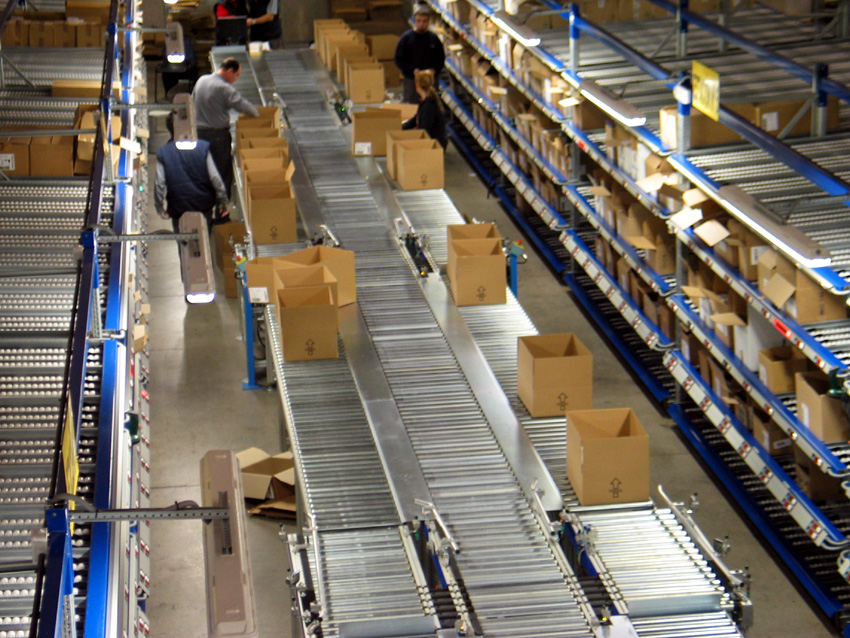The third-party logistics (3PL) industry plays a vital role in the supply chain, providing businesses with the ability to outsource logistics and transportation services. In recent years, there have been several key trends shaping the 3PL industry. Here are the top six trends to watch:
- E-commerce and omni-channel fulfillment
E-commerce has revolutionized the way we shop, and it has also had a major impact on the 3PL industry. Online retailers rely on 3PLs to handle order fulfillment, including storing and shipping products to customers. This often requires 3PLs to support multiple channels, such as online, in-store pickup, and home delivery. This process is known as omni-channel fulfillment.
To meet the demands of e-commerce, 3PLs have had to adapt their operations and invest in new technologies. For example, many have implemented warehouse management systems to improve efficiency and accuracy, as well as real-time tracking tools to keep customers informed about their orders.
- Use of technology
Technology is transforming the 3PL industry, enabling companies to improve efficiency and accuracy in their operations. For example, transportation management systems (TMS) are being used to optimize routes, reduce costs, and improve delivery times. These systems often include real-time tracking and visibility, allowing customers to track their shipments and receive updates on their status.
Warehouse management systems (WMS) are also becoming increasingly popular, as they allow 3PLs to streamline their operations and improve inventory management. These systems can help with tasks such as order processing, picking and packing, and shipping.
- Sustainability and eco-friendliness
There is a growing focus on sustainability in the 3PL industry, as businesses and consumers become more concerned about the environmental impact of their operations. To reduce their carbon footprint, many 3PLs are implementing eco-friendly practices such as using electric vehicles and recycled packaging materials.
In addition, some 3PLs are partnering with organizations that offset their carbon emissions by investing in renewable energy projects. This helps to reduce the environmental impact of transportation and logistics operations.
- Customization and specialization
Gone are the days when 3PLs were seen as “one size fits all” providers. Today, companies are becoming more specialized, offering customized solutions to meet the specific needs of their clients. This includes everything from specialized warehousing and distribution services to value-added services such as kitting and assembly.
For example, some 3PLs have developed expertise in handling hazardous materials, while others have specialized in serving specific industries such as healthcare or retail. By focusing on specific areas of expertise, 3PLs can differentiate themselves from the competition and provide a higher level of service to their clients.
- Increasing global complexity
As international trade expands, 3PLs are being called upon to navigate increasingly complex global supply chains. This includes dealing with customs regulations, trade tariffs, and other issues that can impact the movement of goods across borders.
To succeed in this environment, 3PLs need to have a deep understanding of global trade laws and regulations, as well as the ability to adapt to changing conditions. They also need to have strong relationships with partners and suppliers around the world to ensure smooth and efficient operations.
- Talent and labor management
Finding and retaining skilled labor is a challenge for many 3PLs, as the industry faces a shortage of qualified workers. To address this issue, companies are focusing on training and development programs to help employees build the skills they need to succeed.
